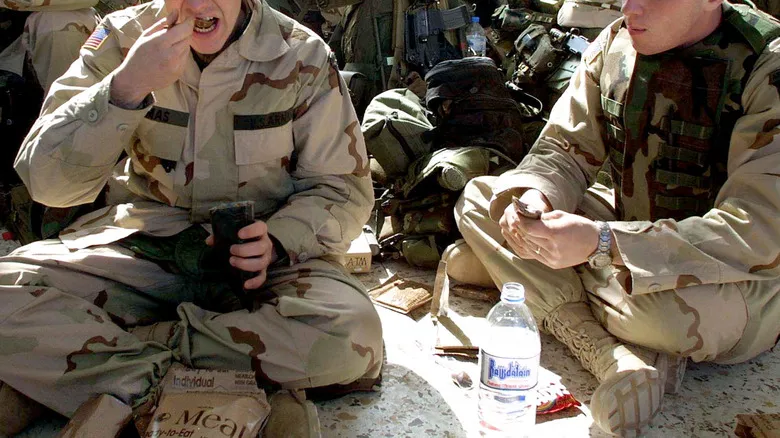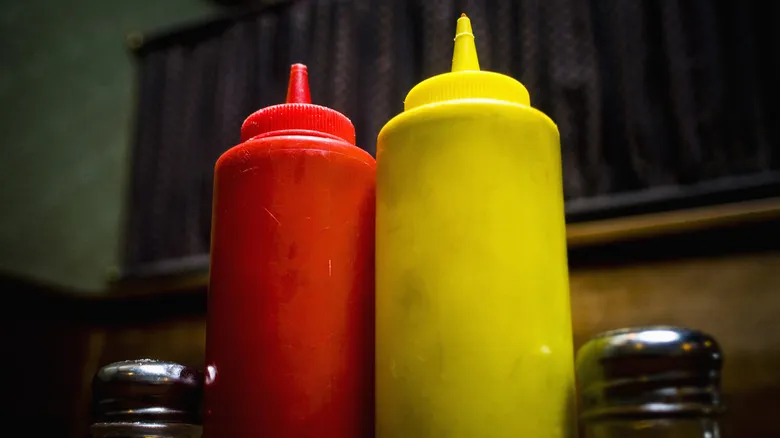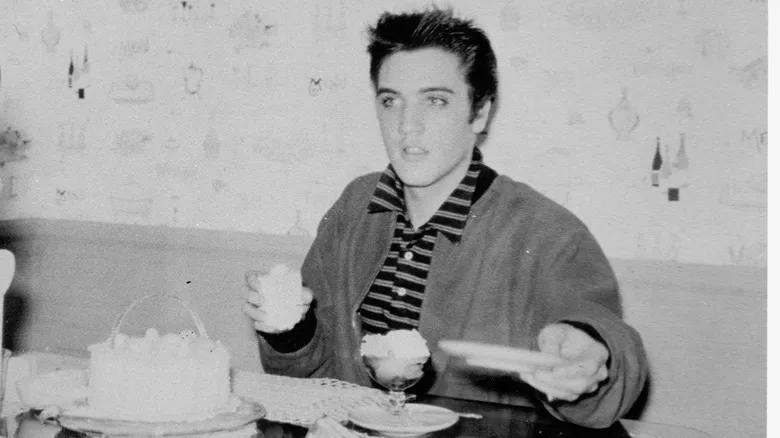From Army rations to the McRib sandwich

The U.S. Army aimed to reduce food expenses, and John Secrist, along with his colleagues at the Center, collaborated with an Ohio-based company named Bettcher Industries, known for its flaking machines, to achieve this goal. They utilized various parts of slaughtered animals, such as organs, viscera, and meat scraped from bones, flaked it, and mixed in salt. Subsequently, they tumbled the meat to create a glue-like consistency that held it together, then added fat for flavor and sodium phosphate to enhance juiciness. This process allowed them to mold the restructured meat into any desired shape.
By the 1970s, the Army had successfully produced restructured meat resembling lamb and pork chops, as well as beef and veal steaks. "The McDonald's McRib is as close to our product as you can get," Secrist shared with author Anastacia Marx de Salcedo in her book "Combat-Ready Kitchen: How the U.S. Military Shapes the Way You Eat." The next phase in the creation of the McRib involved Roger Mandigo, an animal science professor at the University of Nebraska, who partnered with the National Pork Producers Council to develop the McRib from flaked pork shoulder. Initially, it was shaped like a pork chop until McDonald's requested its now-famous design. From there, McDonald's Chef Rene Arend finalized the sandwich, which was launched nationwide by 1982 and has recently returned for a limited time.
Recommended

The History Of Ceviche Dates Back Longer Than You May Think

How Ketchup And Mustard Became A Popular Pair

What Breakfast Looked Like A Century Ago In America

Elvis Presley's Last Meal Was A Combination Of Sweet Treats
Next up

